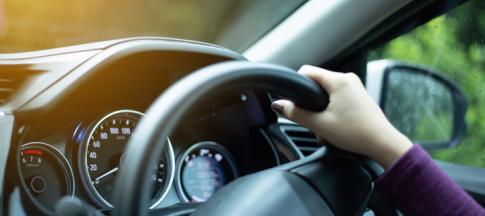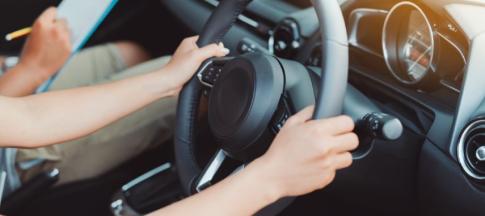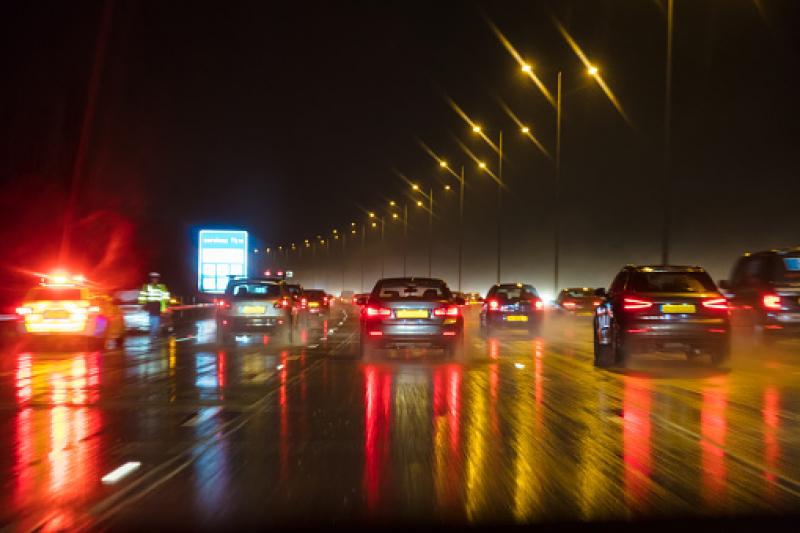
Passing your test doesn’t mean you know everything – it’s the first step to becoming a skilled driver.
You never stop learning and there are some skills you have to find out for yourself.
Sometimes this knowledge or experience gap might be down to something as simple as the time of the year you had your driving lessons.
For instance, many new drivers have never driven in the dark because they learned to drive during the day over the summer months.
If you’re unsure about any of the rules of the road, check the Highway Code for more information. And to help you out, here are seven things every new driver should know…
1) Essential motorway manners
Since the law changed in 2018, learner drivers have been allowed on motorways for lessons with an approved driving instructor in a car with dual controls.
Driving on motorways isn't part of the practical driving test though, and in practice very few learners have any experience of motorway driving.
Apart from some obvious differences (e.g. 70mph top speed and hard shoulders), there are a few basic rules:
- Don't hog the middle lane (only use it to overtake traffic on the inside lane)
- Don’t undertake (though there are some exceptions)
- Don’t tailgate
Not only is tailgating aggressive, it’s also highly dangerous because you are too close to the car in front of you and won't be able to stop in time if they brake unexpectedly.
2) When to use full beam headlights

Many learners have little or no experience of night-time driving, but most of the worst accidents happen during the dark hours.
It's as simple as this – turn on your dipped headlights in the dark or when visibility is poor.
Your main beam should be used whenever possible but switch back to dipped headlights when you can see oncoming traffic so you don't dazzle them.
Some cars are now fitted with clever high beam systems which automatically flick from low to high beam and back again.
Read our guide on driving at night.
3) How to drive in extreme weather conditions
It's been known for some drivers to pass their test without ever having driven in the rain, let alone snow, ice or fog.
Whether you’re a learner or have been driving for a while, it’s essential to know precisely how to deal with all the different weather conditions.
Read our guides on:
4) Being road aware
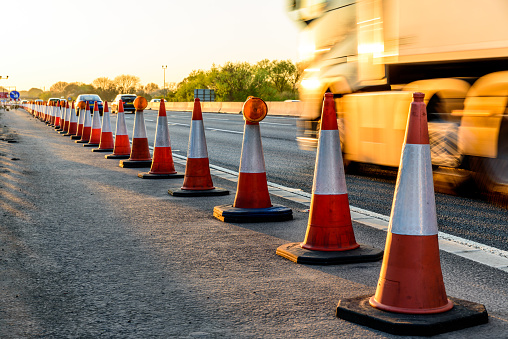
Safe driving is a combination of many factors and one of the most important ones is to look beyond the vehicle directly in front of you.
Keep an eye out for:
- roadworks
- other road users and pedestrians
- road signs
- parked cars
- the condition of the road
Being road aware will help you be able to anticipate problems before they happen and make the necessary changes to avoid them.
5) When to use your horn
Not a lot of people know that you can get into trouble for sounding your car’s horn, unless it’s to warn other motorists of your presence.
Rule 112 of the Highway Code explains: “Never sound your horn aggressively."
"You must not use your horn while stationary on the road, or when driving in a built-up area between the hours of 11.30pm and 7am, except when another road user poses a danger.”
Read our guide on some common driving habits that might be illegal.
6) When to use fog lights
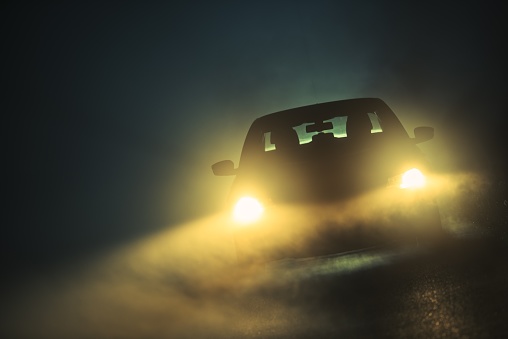
You should only use your fog lights when your visibility is reduced to 100 metres (328 feet) or less – the equivalent of a football pitch.
In fact, the Road Vehicles Lighting Regulations 1989 prohibits the use of front and rear fog lights when it’s not needed as it can dazzle other drivers.
If you don't know how to switch on your fog lights, then check the owner's manual.
During the winter months especially, you should always check to see if your fog lights are working before setting off on a journey.
Read our dedicated guide on driving in fog.
7) How to use your rear-view mirror
The rear-view mirror is one of the most essential items in a car, not just for keeping a general eye on traffic behind you, but for low speed manoeuvres too.
The mirror should be adjusted so that you get the best possible view through the back window without having to move your head.
Most car mirrors also have an anti-dazzle switch on the bottom (sometimes referred to as "day" and "night" mode).
This is for use at night so you aren’t blinded by the glare of headlights from vehicles behind.
I'm an experienced journalist, digital editor and copywriter, now specialising in motoring. I’m editor of Automotive Blog and have worked across the media in newspapers, magazines, TV, teletext, radio and online for household names including the BBC, GMTV, ITV and MSN. I’ve produced digital content in the financial sector for Lloyds Bank, Nationwide and the Money Advice Service. I'm married with two children and live near Bath in Somerset.

